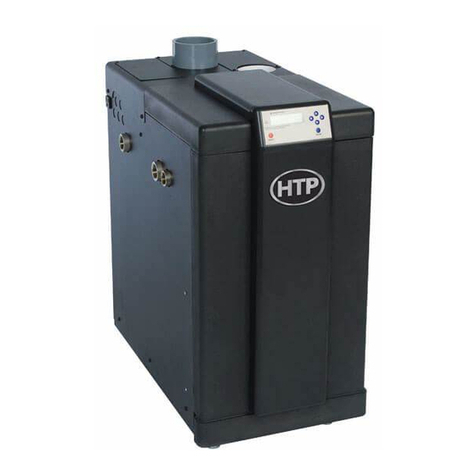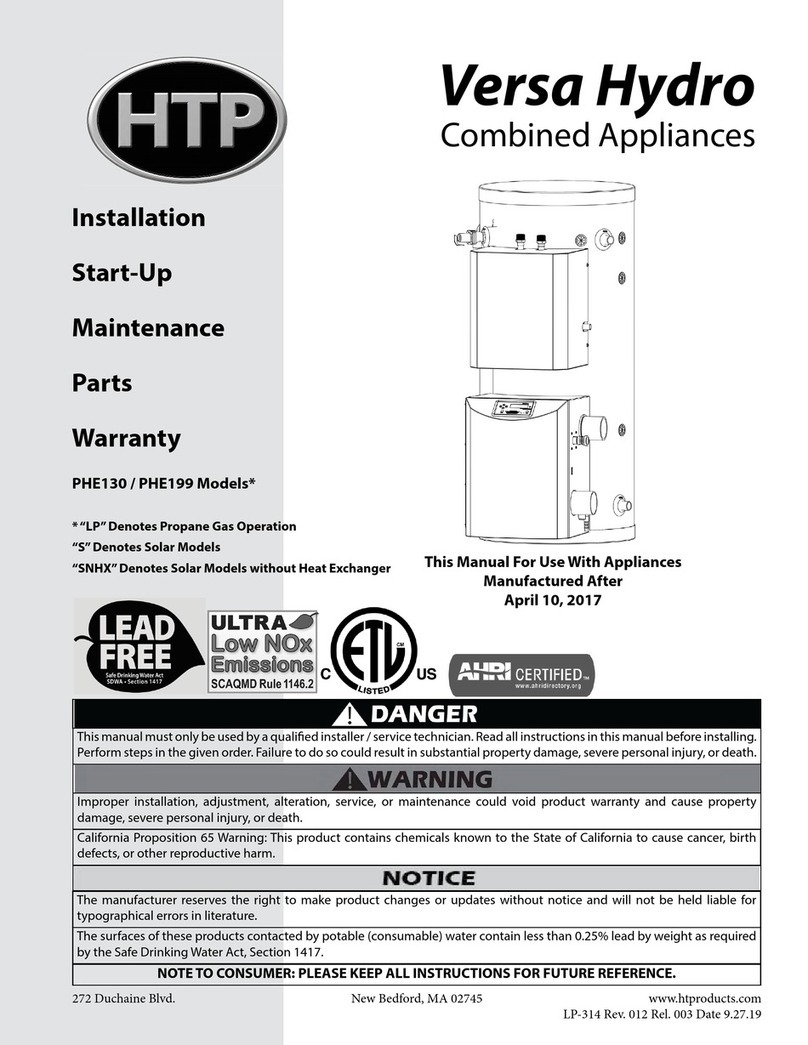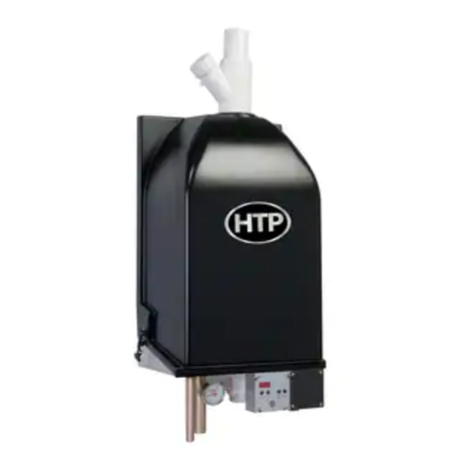
5
F. PREVENT COMBUSTION AIR CONTAMINATION...........................................................................................................17
G. REMOVING A BOILER FROM A COMMON VENT SYSTEM ..........................................................................................18
H. UNCRATING THE BOILER...............................................................................................................................................18
PART 4 –BOILER PIPING......................................................................................................................................19
A. GENERAL PIPING INFORMATION ..................................................................................................................................19
B. RELIEF VALVE .................................................................................................................................................................20
C. BACKFLOW PREVENTER ...............................................................................................................................................20
D. SYSTEM WATER PIPING METHODS..............................................................................................................................20
E. CIRCULATORS.................................................................................................................................................................21
F. HYDRONIC PIPING WITH CIRCULATORS, ZONE VALVES, AND MULTIPLE BOILERS ..............................................22
G. PIPING DETAILS*.............................................................................................................................................................22
H. PIPING INSTALLATION....................................................................................................................................................27
I. CIRCULATOR SIZING........................................................................................................................................................28
J. CHECK/CONTROL WATER CHEMISTRY........................................................................................................................29
K. FILL AND PURGE HEATING SYSTEM ............................................................................................................................31
L. GLYCOL ANTIFREEZE SOLUTIONS ...............................................................................................................................31
M. ZONING WITH ZONE VALVES........................................................................................................................................32
N. ZONING WITH CIRCULATORS........................................................................................................................................32
O. MULTIPLE BOILERS........................................................................................................................................................32
PART 5 –VENTING, COMBUSTION AIR, AND CONDENSATE REMOVAL........................................................33
A. GENERAL .........................................................................................................................................................................33
B. APPROVED MATERIALS FOR EXHAUST AND INTAKE AIR VENTS.............................................................................34
C. REQUIREMENTS FOR INSTALLATION IN CANADA......................................................................................................35
D. EXHAUST VENT AND INTAKE AIR VENT PIPE LOCATION ..........................................................................................36
E. EXHAUST VENT AND INTAKE AIR VENT SIZING..........................................................................................................39
F. LONGER VENT RUNS......................................................................................................................................................40
G. EXHAUST VENT AND INTAKE AIR PIPE INSTALLATION..............................................................................................40
H. SIDEWALL VENTING.......................................................................................................................................................42
I. VERTICAL VENTING .........................................................................................................................................................43
J. HORIZONTAL VENTING...................................................................................................................................................44
K. UNBALANCED FLUE / VERTICAL VENT.........................................................................................................................45
L. VENTING THROUGH AN EXISTING SYSTEM.................................................................................................................46
1. CONCENTRIC VENTING THROUGH AN EXISTING SYSTEM......................................................................................................... 46
2. VENTING AS A CHASE..................................................................................................................................................................... 48
M. INDOOR COMBUSTION AIR INSTALLATION IN CONFINED OR UNCONFINED SPACE.............................................49
PART 6 –GAS PIPING............................................................................................................................................51
A. GAS CONNECTION..........................................................................................................................................................51
B. GAS PIPING......................................................................................................................................................................51






























